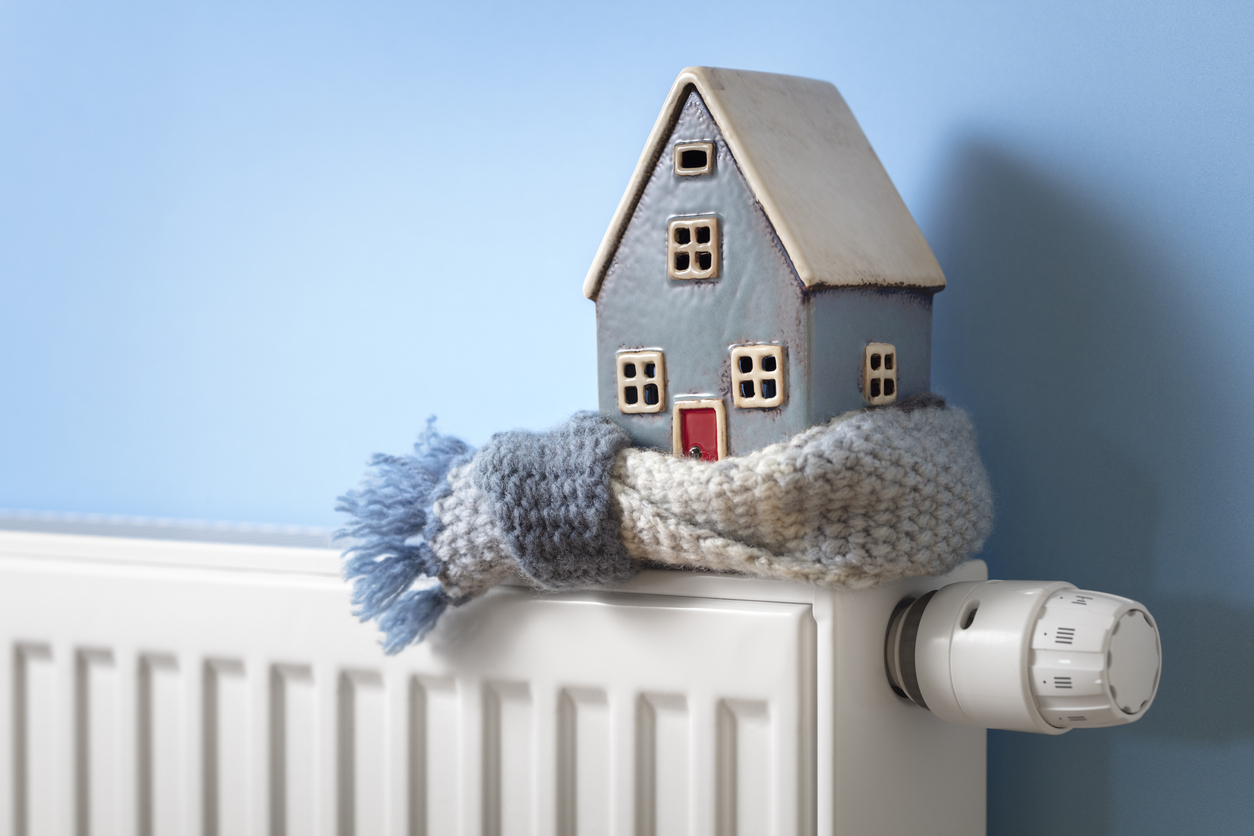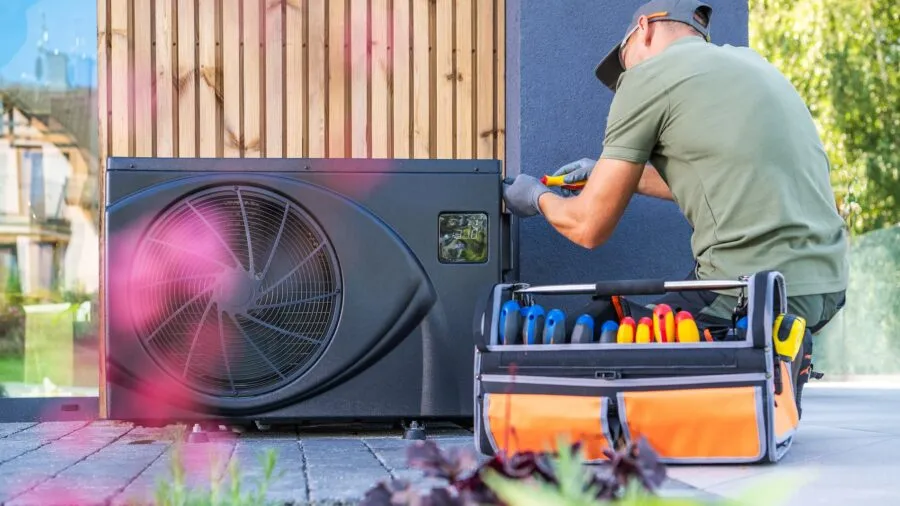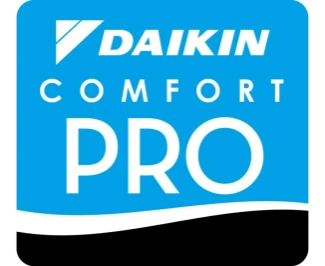Prepare Your Home: Winterize HVAC for Maximum Efficiency

How to Winterize Your HVAC System: Practical Steps and Pro Tips for Ventura County Homeowners
Getting your HVAC ready for winter means preparing your heating and cooling equipment so it runs safely, efficiently, and reliably when temperatures drop. This guide, written for Ventura County homeowners, explains what winterizing an HVAC system involves, how it affects energy bills and equipment life, and when to tackle tasks yourself versus calling a pro. You’ll get component-level advice for outdoor AC units, furnaces, heat pumps, thermostats, ducts, and pipes, plus clear warning signs that warrant a technician’s visit. Follow the step-by-step checklist, local considerations for Moorpark, Camarillo, and Thousand Oaks, and tips for using smart thermostats to save on heating costs. Read on for practical winterization steps, homeowner-friendly checklists, comparison tables, and scheduling tips to keep your system running at peak efficiency.
Why winterize your HVAC?
Winterizing prepares each part of your system for colder weather, cuts energy use, and prevents problems that tend to happen in winter. A proper pre-season check reduces needless run time, helps avoid frozen or corroded parts, and protects combustion components—together these steps extend equipment life and keep your home comfortable. The biggest wins are improved safety, fewer emergency repairs, and lower heating bills thanks to better efficiency. Below are the main benefits homeowners typically see after winterizing.
- Lower energy use: Sealed ducts and tuned systems mean fewer wasted cycles and less heat loss.
- Fewer emergency repairs: Pre-season inspections catch issues before they turn into breakdowns.
- Longer equipment life: Routine upkeep reduces wear on compressors, burners, and motors.
- Better indoor safety and air quality: Combustion checks and fresh filters cut carbon monoxide and particulate risks.
The table below shows how winterization helps specific HVAC components and the outcomes you can expect.
Different components benefit in distinct ways from targeted winter prep.
Knowing these benefits helps you prioritize winterization tasks before cold weather arrives. Next is a homeowner checklist that puts those priorities into action.
How winterization boosts efficiency and extends equipment life
Winterization improves efficiency by cutting heat loss and making systems run only as long as needed. Sealing duct leaks and swapping dirty filters both improve airflow so equipment doesn’t work harder than necessary—this lowers electricity use and heating runtime. Over months and years, fewer cycles and cleaner components mean less mechanical wear on compressors, motors, and burners, which helps systems last longer. Regular seasonal maintenance also reduces emergency calls and keeps warranty requirements in good standing. Those savings and reliability improvements add up over time.
Neglecting winter prep leads to the risks below, which is why a pre-winter inspection pays off.
What happens if you skip winterization?
Skipping winter prep raises the odds of mid-season failures, higher utility bills, and safety hazards like carbon monoxide exposure when combustion parts are dirty or misaligned. You might see frozen condensate drains, refrigerant leaks that weaken heat pump performance, clogged filters causing short cycling, or cracked heat exchangers that require costly repairs. Emergency service demand spikes during cold snaps, so problems discovered then often mean longer waits and higher costs. Because small issues compound—less efficiency increases runtime and wear—the best defense is a systematic pre-winter inspection and repairs.
Understanding these risks helps you decide which tasks to DIY and which to leave to pros. The checklist below lays out those items clearly.
Complete HVAC winterization checklist for homeowners

Use this step-by-step checklist to winterize your HVAC system by component. It includes safety tips and guidance on which tasks are typically homeowner-friendly and which require a technician. Follow the order to prioritize safety and efficiency.
- Inspect and replace air filters: Fresh filters improve airflow and reduce system strain.
- Clear the outdoor unit area: Remove leaves, twigs, and plants to prevent corrosion and airflow restriction.
- Insulate exposed refrigerant lines: Foam insulation protects lines from temperature swings and efficiency loss.
- Check thermostat settings and batteries: Confirm schedules and sensors are set for winter savings.
- Inspect ducts for leaks and add insulation where needed: Reduce heat loss in attics and crawl spaces.
- Test carbon monoxide detectors and vents: Verify safety systems before heavy furnace use.
After you complete the checklist, review each item’s difficulty so you can balance DIY work with professional help. The short guide below shows common homeowner tasks and when to call a licensed technician.
This table helps you prioritize safe DIY work and points you to professional services when safety or complexity is a concern. The sections that follow offer component-specific steps and practical tips.
Preparing your outdoor AC unit for winter
Start by disconnecting nonessential accessories and clearing away debris and nesting material. Gently remove leaves and trim vegetation to keep at least six inches of clearance; don’t use pressure washers that can damage fins or drive water into bearings. Wrap exposed refrigerant lines with closed-cell foam and secure loose lines with UV-rated tape to limit thermal loss. In Ventura County’s mild winters, a breathable, fitted top or partial cover can keep out debris—but avoid full plastic enclosures that trap moisture and encourage corrosion.
These simple outdoor steps reduce visible risks and keep the unit ready for spring start-up.
Step-by-step furnace winterization
Begin by switching power off at the thermostat, then replace the air filter so airflow is unrestricted during heating. Visually inspect the burner area for soot, rust, or gaps and listen for odd noises during a brief test run—any irregularity is a reason to call a pro. Make sure flues and vents are clear of obstructions and test carbon monoxide detectors to confirm they’re working and within their test dates. If you don’t have combustion-system experience, leave burner cleaning, pilot adjustments, and heat-exchanger checks to licensed technicians to avoid safety risks.
These checks lower immediate risk and help your furnace run more efficiently—next, address ducts and pipes.
Insulating pipes and ductwork for winter protection
Insulate exposed hot-water pipes, refrigerant lines, and ductwork in unconditioned spaces like attics and crawl spaces to prevent heat loss and freeze damage. Use closed-cell foam or HVAC-rated wrap and seal seams with HVAC tape; cover bends and joints where heat loss is highest. For ducts, use mastic or foil-backed tape to seal visible leaks and install insulation with an appropriate R-value in attics. Complex duct runs, especially in tight or contaminated attics, should be inspected and insulated by professionals to meet code and ensure long-term performance.
Proper sealing and insulation preserve efficiency and reduce load on heating equipment during winter.
Should you cover your outdoor AC unit?
Covering an outdoor AC unit has trade-offs. A breathable cover or a simple top guard blocks large debris and discourages nesting, while non-breathable covers can trap condensation and speed corrosion. In Ventura County’s typically mild winters, a well-ventilated partial cover that allows airflow but keeps out leaves is usually best—avoid full plastic enclosures that seal in moisture. If you cover the unit, secure the cover so wind won’t create pockets or stress panels, and check the unit periodically to remove trapped debris or moisture.
This approach balances short-term protection with long-term equipment health.
As you finish the checklist, decide which tasks you’ll do and which require a certified technician. Simple items like filter changes, debris clearing, and basic insulation are homeowner-friendly. Refrigerant work, combustion servicing, electrical diagnostics, and major duct repairs need licensed technicians. Top Shelf Heating and Air, Inc. offers winter tune-ups and seasonal maintenance visits to handle these technical services, helping homeowners avoid mid-winter failures and keep warranties intact.
When and why to schedule professional HVAC winterization
Call a professional when tasks involve refrigerant handling, combustion testing, electrical work, or specialized diagnostics. Trained technicians perform calibrated refrigerant checks, combustion safety tests for furnaces and boilers, motor and belt diagnostics, and airflow measurements that detect subtle inefficiencies. Scheduling a visit before a sustained cold spell helps avoid emergency repairs and often supports warranty coverage. Common technician-level tasks include:
- Refrigerant leak detection and recharge handled to EPA standards
- Heat-exchanger inspection and combustion analysis for gas furnaces
- Electrical diagnostics and motor/bearing replacement
- Major duct sealing, rerouting, or insulation in difficult spaces
Because these tasks require equipment and certification, many homeowners opt for a recurring maintenance agreement. The table below outlines typical service offerings and their value.
Top Shelf Heating and Air, Inc. supports these benefits with a structured Maintenance Plan. The plan provides seasonal (summer/winter) visits and priority access, with tiers to suit different needs and budgets. Plan pricing is listed as Silver ($9.99), Gold ($16.99), and Platinum ($27.99). The company emphasizes a customer-first approach, 24/7 emergency service, flexible financing through Wisetack, and partnership with Daikin as a Daikin Comfort Pro to help align warranties and parts availability. Schedule winter maintenance before late fall to secure priority appointments and a full pre-winter inspection.
If you prefer to handle basic tasks yourself, remember that professional visits are recommended at least annually—biannual checks are wise for heat pumps or heavily used systems—to maintain efficiency and warranty coverage.
Conclusion
Winterizing your HVAC system is one of the best ways to ensure safe, efficient heating and to extend the life of your equipment. A few proactive steps can lower energy costs, reduce emergency repairs, and make your home more comfortable all winter. For peace of mind, schedule a professional inspection and maintenance visit—don’t wait until the cold hits. Contact Top Shelf Heating and Air, Inc. today to book your winterization service and keep your system performing at its best.
Customer Testimonials
Blogs







.jpg)